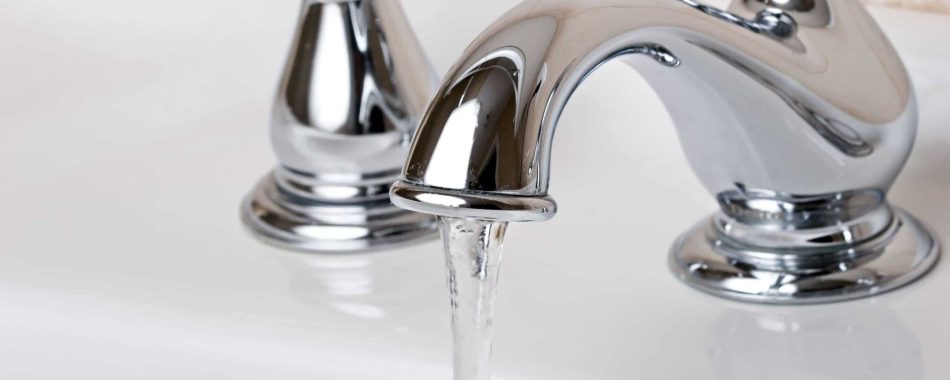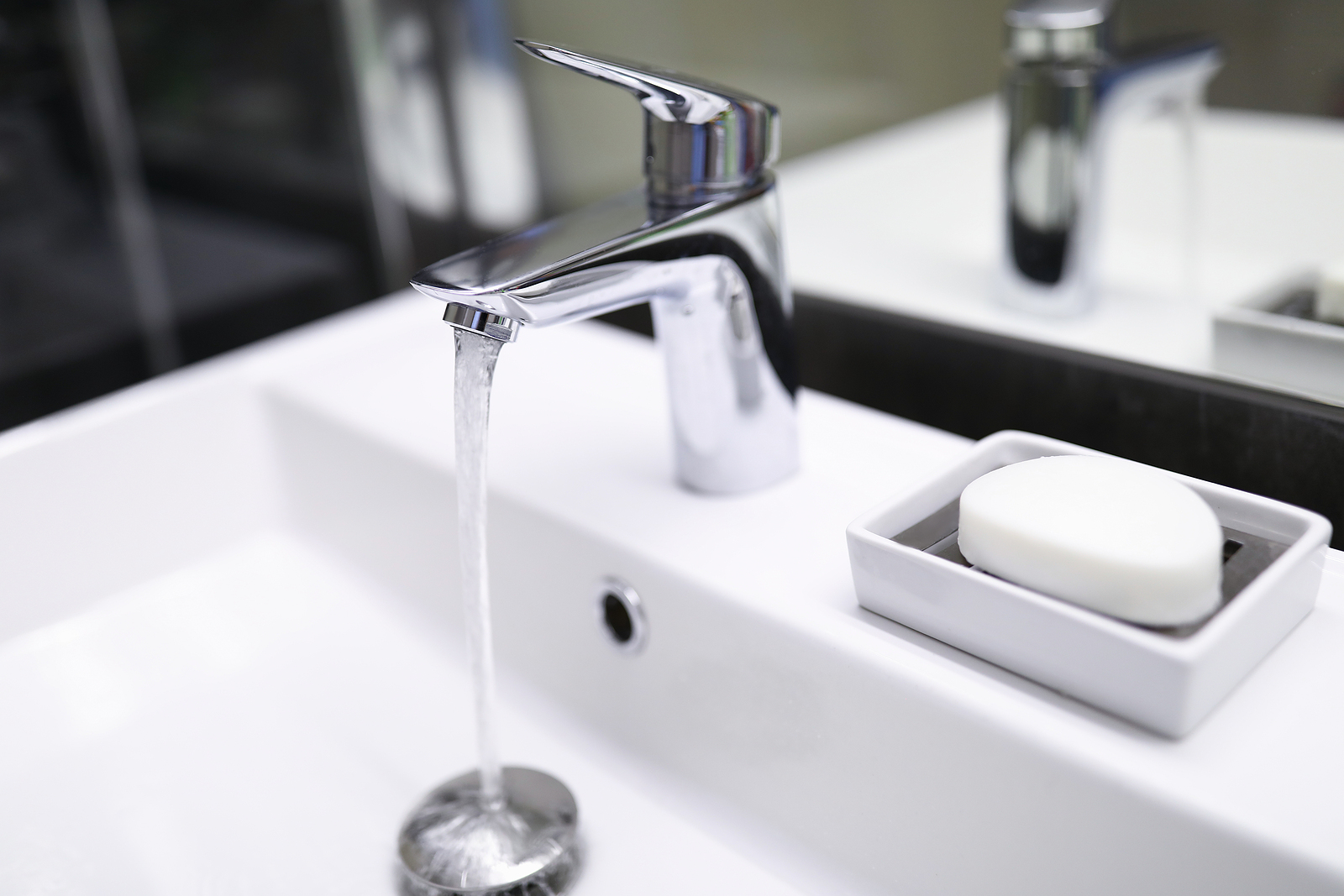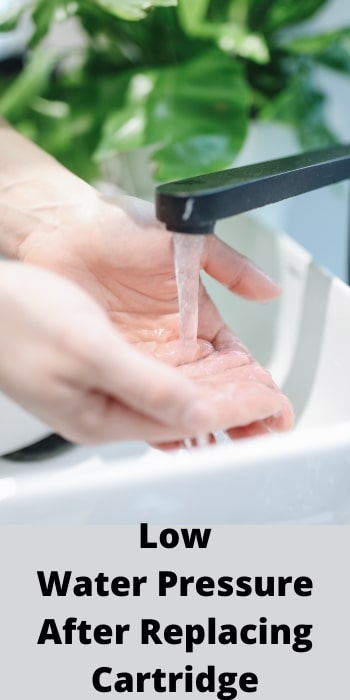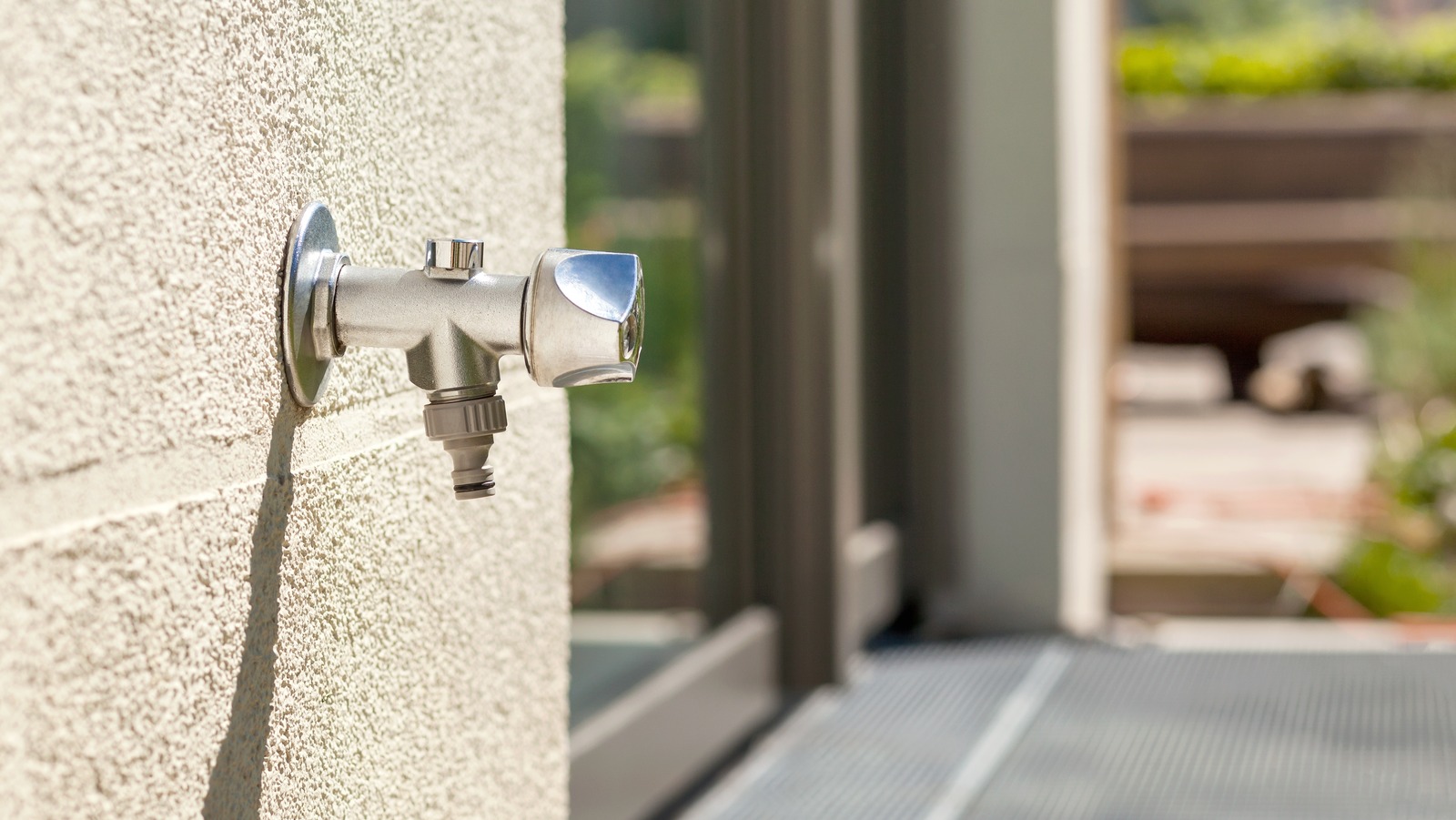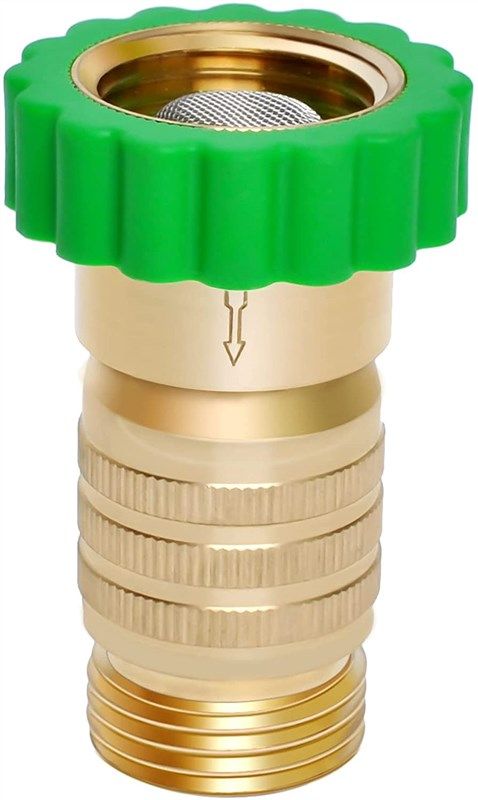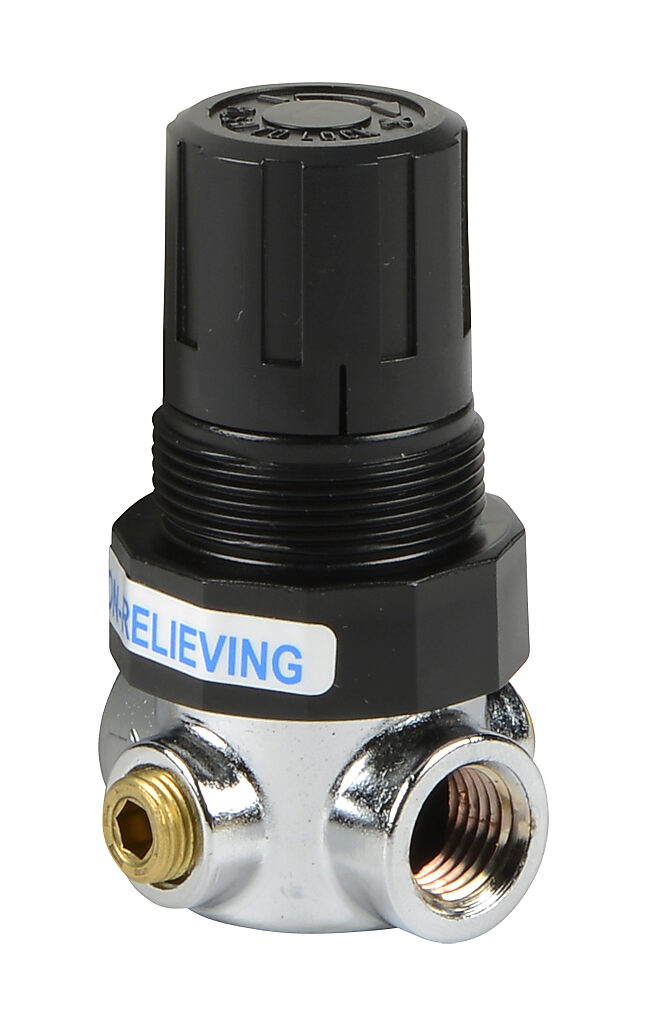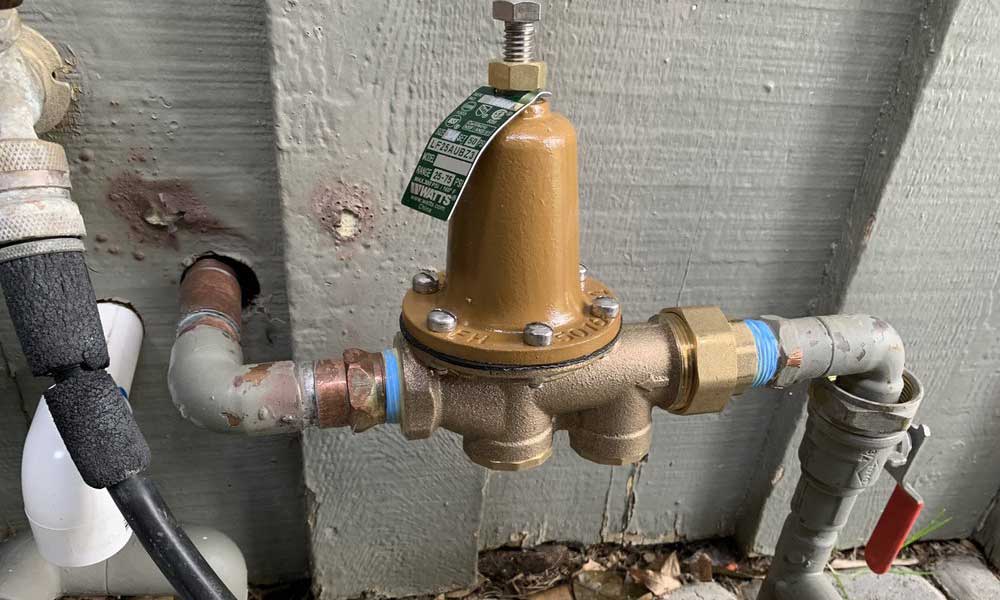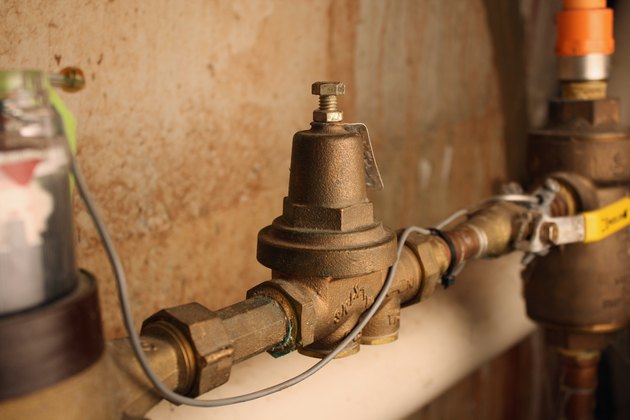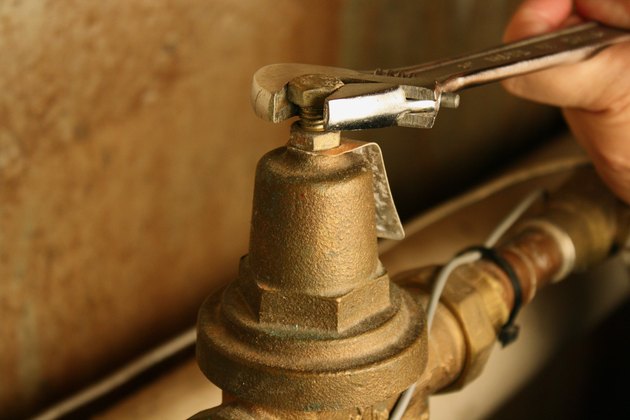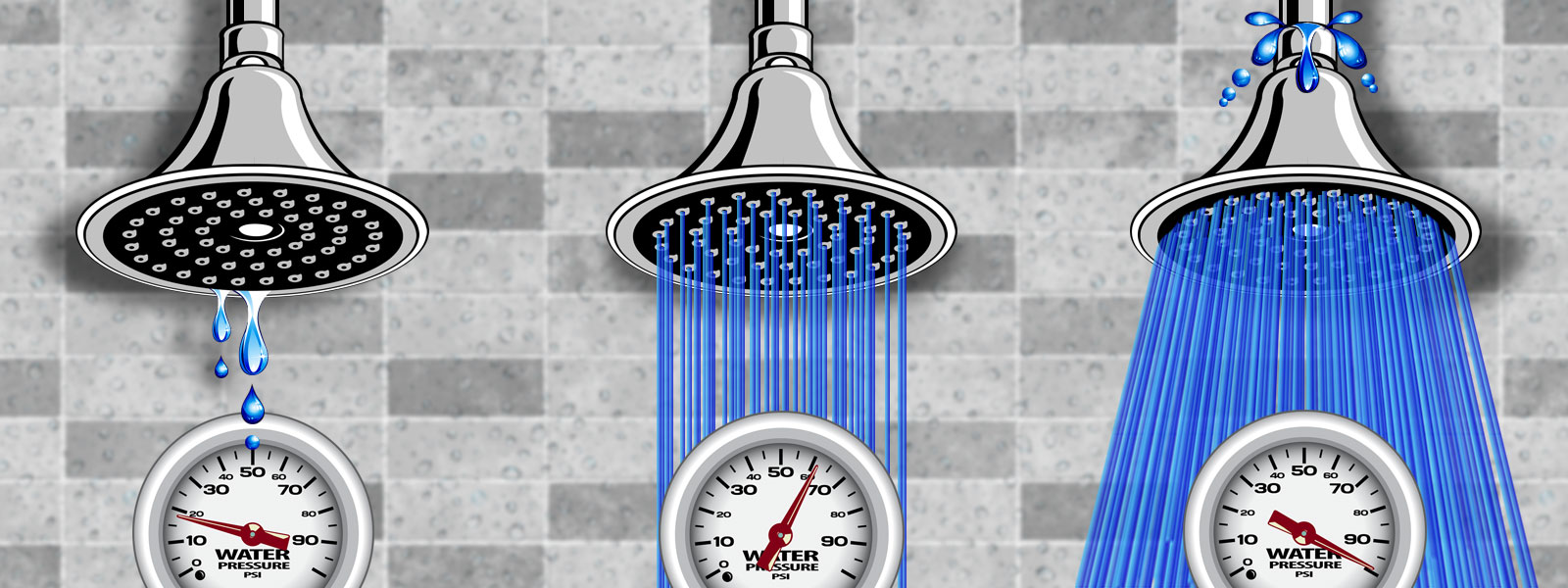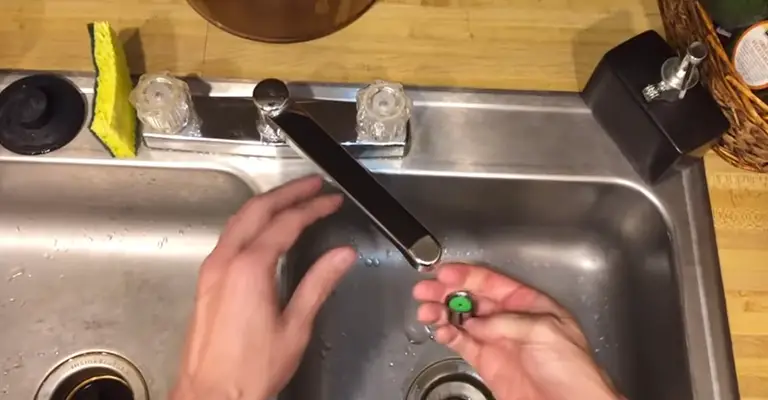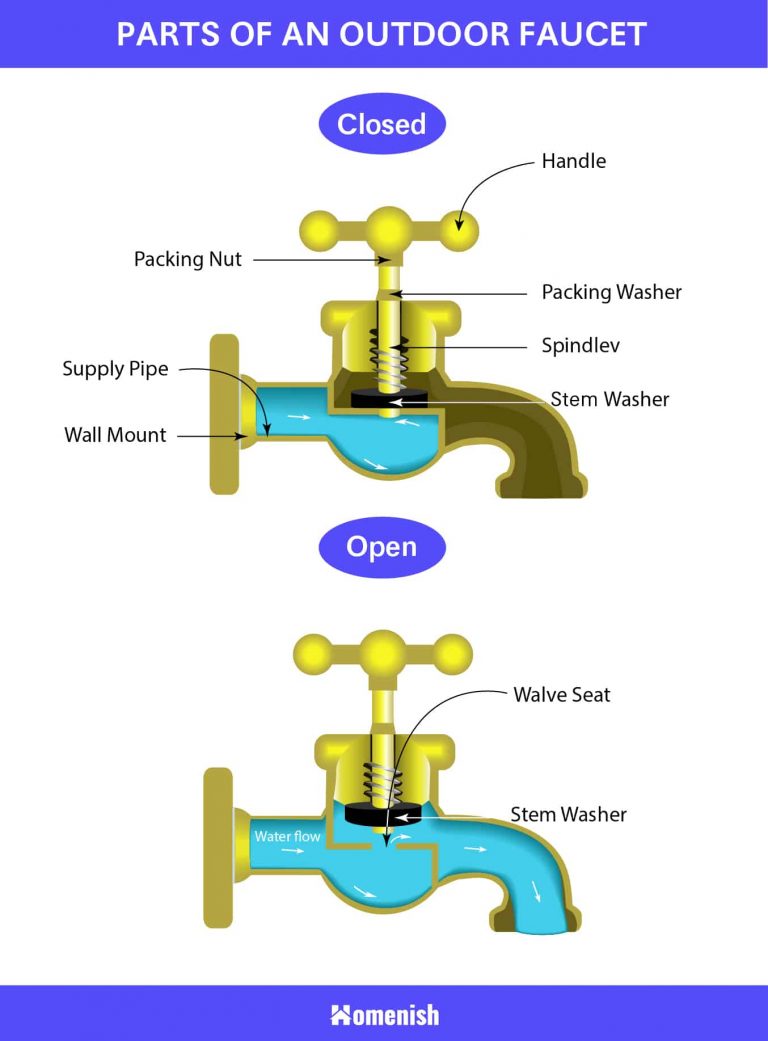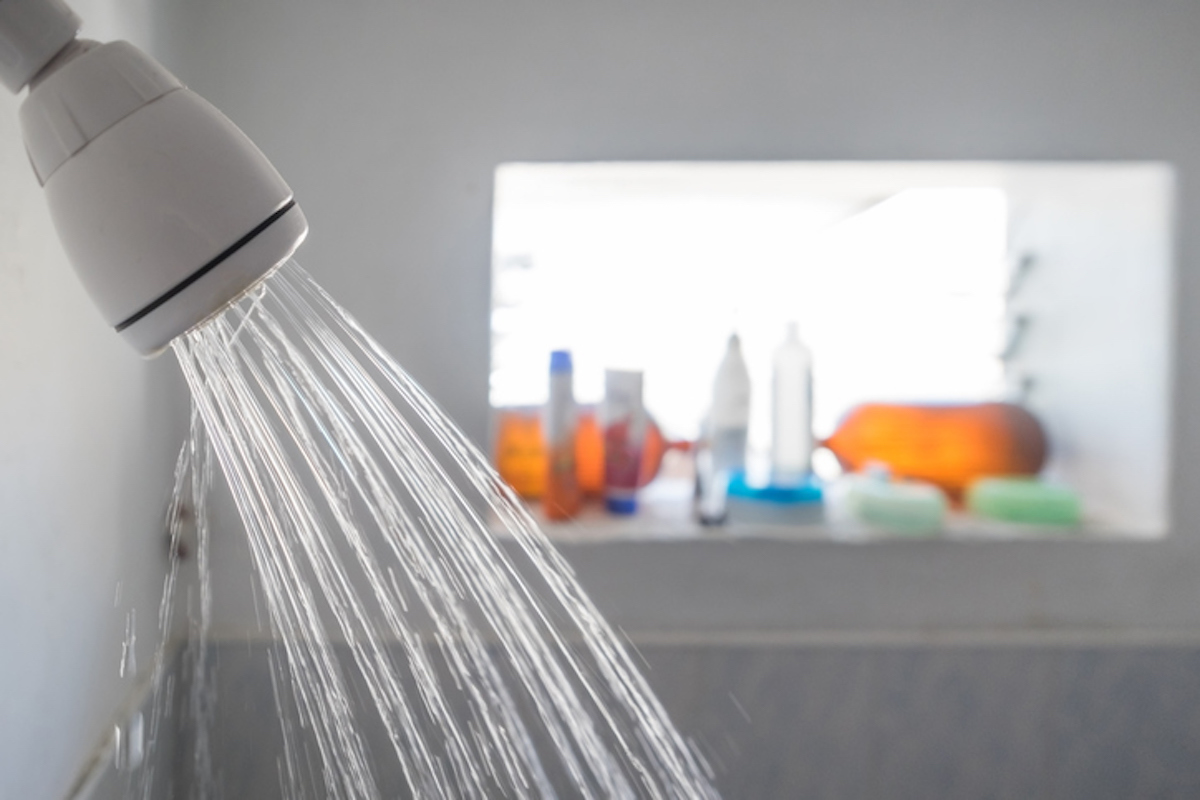If you've ever turned on your bathroom sink faucet only to be met with a weak stream of water, you're not alone. Low water pressure in bathroom sink faucets is a common issue that can be frustrating and inconvenient. However, there are solutions to this problem that can help improve the water flow and make your daily tasks easier.Low water pressure in bathroom sink faucet
The first step in fixing low water pressure in your bathroom sink faucet is to identify the root cause. This will help determine the best solution for your specific situation. Here are some common causes of low water pressure and how to address them.How to fix low water pressure in bathroom sink faucet
One possible cause of low water pressure in your bathroom sink faucet is a clogged aerator. The aerator is the small screen at the end of your faucet that helps regulate the water flow. Over time, it can become clogged with mineral deposits and debris, restricting the water flow. To fix this, you can try cleaning the aerator or replacing it with a new one. Another potential cause of low water pressure is a clogged faucet or pipes. If your faucet has a buildup of mineral deposits or your pipes are clogged with debris, it can restrict the water flow. This can be addressed by cleaning the faucet or hiring a professional plumber to clean out your pipes. Additionally, if your home has a water pressure regulator, it may be set too low, causing low water pressure in your bathroom sink faucet. This can be adjusted by a professional plumber to increase the water flow.Causes of low water pressure in bathroom sink faucet
If you're unsure of the cause of your low water pressure, there are a few troubleshooting steps you can take to help identify the issue. First, check to see if the low water pressure is isolated to just your bathroom sink faucet or if it is affecting all the faucets in your home. If it's just your bathroom sink, then the issue is likely specific to that faucet. If it's affecting all the faucets, then the problem may be with your water supply or pressure regulator. You can also try turning off the water supply to your bathroom sink faucet and then turning it back on. This can help dislodge any debris that may be causing the low water pressure.Troubleshooting low water pressure in bathroom sink faucet
If you're a handy person and want to try fixing the low water pressure in your bathroom sink faucet on your own, there are a few DIY solutions you can try. These include cleaning the aerator, checking for clogs in the faucet and pipes, and adjusting the water pressure regulator. However, be cautious when attempting these fixes, as they may require some plumbing knowledge and could potentially cause further damage if not done correctly.DIY solutions for low water pressure in bathroom sink faucet
If you're not comfortable attempting to fix the low water pressure on your own, it's always best to hire a professional plumber. They have the experience and tools necessary to properly diagnose and fix the issue. They can also help identify any underlying problems that may be causing the low water pressure and recommend the best course of action.Professional plumber for low water pressure in bathroom sink faucet
If the aerator on your bathroom sink faucet is clogged and can't be cleaned, it may be time to replace it. This is a simple and affordable fix that can help improve water flow in your faucet. Make sure to choose an aerator with the right size and water flow rate for your faucet.Replacing the aerator to fix low water pressure in bathroom sink faucet
If you suspect that a clog may be causing the low water pressure in your bathroom sink faucet, you can try cleaning it out yourself or hiring a professional plumber. This can help improve the water flow and prevent future clogs from occurring.Checking for clogs in the faucet or pipes causing low water pressure
If your home has a water pressure regulator, it may be set too low, causing low water pressure in your bathroom sink faucet. A professional plumber can adjust the regulator to increase the water flow and improve the overall water pressure in your home.Adjusting the water pressure regulator to increase water flow in bathroom sink faucet
If you've tried all the above solutions and are still experiencing low water pressure in your bathroom sink faucet, it may be time to consider upgrading to a high-efficiency faucet. These faucets are designed to use less water while still providing a strong water flow. They can help improve the water pressure in your bathroom sink while also saving you money on your water bill. In conclusion, low water pressure in bathroom sink faucets can be a frustrating issue, but it can be fixed. By identifying the cause and implementing the appropriate solution, you can improve the water flow in your bathroom sink and make your daily tasks easier and more efficient.Upgrading to a high-efficiency faucet to improve water pressure in bathroom sink
Possible Causes of Low Water Pressure in Bathroom Sink Faucet

1. Mineral Buildup
 One of the most common causes of low water pressure in a bathroom sink faucet is mineral buildup. Over time, minerals from the water can accumulate inside the faucet, causing blockages and restricting the flow of water. This can be particularly problematic in areas with hard water, which contains high levels of minerals such as calcium and magnesium. If you notice a decrease in water pressure, it may be a sign that your faucet needs to be cleaned or replaced.
One of the most common causes of low water pressure in a bathroom sink faucet is mineral buildup. Over time, minerals from the water can accumulate inside the faucet, causing blockages and restricting the flow of water. This can be particularly problematic in areas with hard water, which contains high levels of minerals such as calcium and magnesium. If you notice a decrease in water pressure, it may be a sign that your faucet needs to be cleaned or replaced.
2. Clogged Pipes
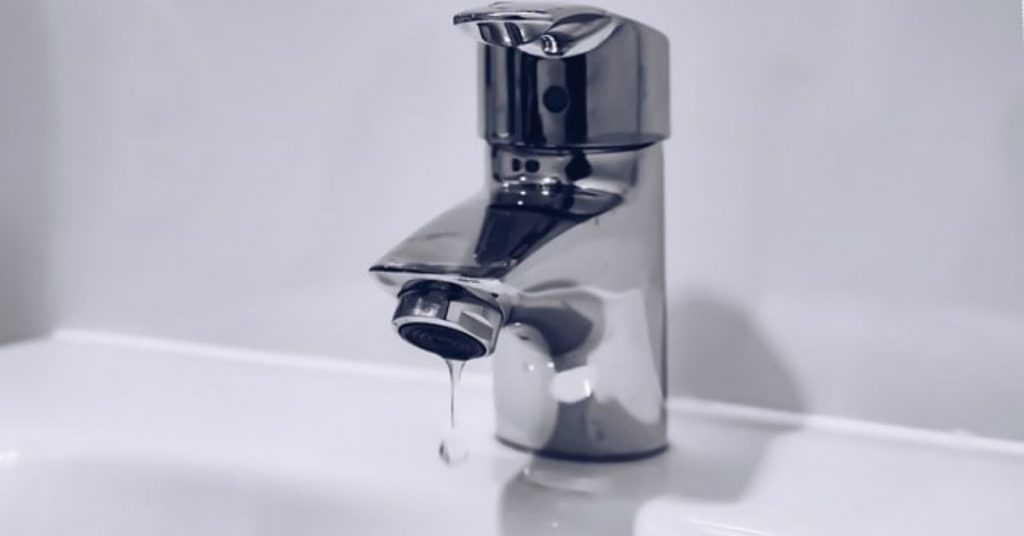 Another possible cause of low water pressure in a bathroom sink faucet is clogged pipes. Over time, debris, hair, and other substances can build up inside the pipes, blocking the flow of water. This can be especially common in older homes with galvanized pipes. If you suspect that your pipes may be clogged, it is best to call a professional plumber to assess the situation and unclog the pipes.
Another possible cause of low water pressure in a bathroom sink faucet is clogged pipes. Over time, debris, hair, and other substances can build up inside the pipes, blocking the flow of water. This can be especially common in older homes with galvanized pipes. If you suspect that your pipes may be clogged, it is best to call a professional plumber to assess the situation and unclog the pipes.
3. Faulty Pressure Regulator
 A faulty pressure regulator can also lead to low water pressure in a bathroom sink faucet. The pressure regulator is a valve that controls the flow of water into your home. If this valve is not functioning properly, it can result in reduced water pressure throughout the house. This can be a more complex issue to diagnose and may require the help of a professional plumber.
A faulty pressure regulator can also lead to low water pressure in a bathroom sink faucet. The pressure regulator is a valve that controls the flow of water into your home. If this valve is not functioning properly, it can result in reduced water pressure throughout the house. This can be a more complex issue to diagnose and may require the help of a professional plumber.
4. Water Leaks
 Water leaks can also contribute to low water pressure in a bathroom sink faucet. Even a small leak can lead to a significant decrease in water pressure, as it diverts water away from the faucet. If you suspect that you have a leak, it is important to address it promptly to avoid any further damage to your plumbing system.
Water leaks can also contribute to low water pressure in a bathroom sink faucet. Even a small leak can lead to a significant decrease in water pressure, as it diverts water away from the faucet. If you suspect that you have a leak, it is important to address it promptly to avoid any further damage to your plumbing system.
5. Municipal Water Supply Issues
 In some cases, the cause of low water pressure in a bathroom sink faucet may be out of your control. Municipal water supply issues, such as water main breaks or maintenance work, can result in reduced water pressure. If you notice a sudden drop in water pressure, it is worth checking with your local water provider to see if there are any known issues in your area.
In Conclusion
, low water pressure in a bathroom sink faucet can be a frustrating issue to deal with. However, by identifying and addressing the underlying cause, you can restore your water pressure and prevent any further problems. If you are unsure of the cause or unable to resolve the issue on your own, it is always best to seek the help of a professional plumber.
In some cases, the cause of low water pressure in a bathroom sink faucet may be out of your control. Municipal water supply issues, such as water main breaks or maintenance work, can result in reduced water pressure. If you notice a sudden drop in water pressure, it is worth checking with your local water provider to see if there are any known issues in your area.
In Conclusion
, low water pressure in a bathroom sink faucet can be a frustrating issue to deal with. However, by identifying and addressing the underlying cause, you can restore your water pressure and prevent any further problems. If you are unsure of the cause or unable to resolve the issue on your own, it is always best to seek the help of a professional plumber.






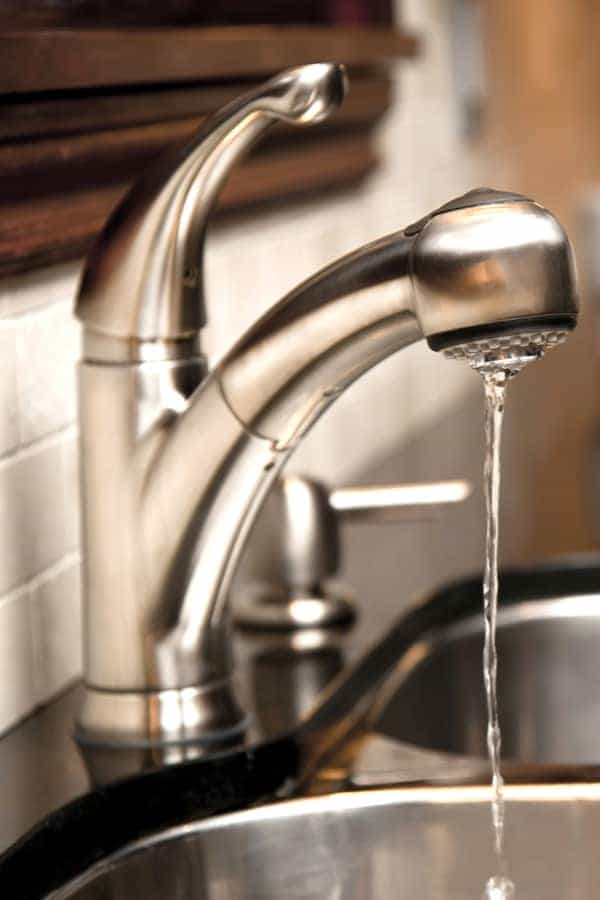
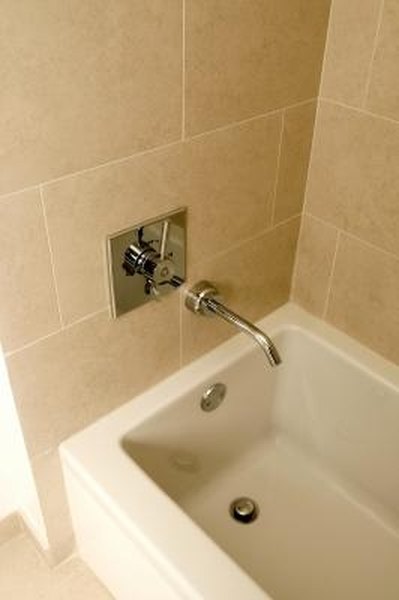


/low-water-pressure-2718732-05-99eb1816e88841c593aeeaaaf330085b.jpg)








